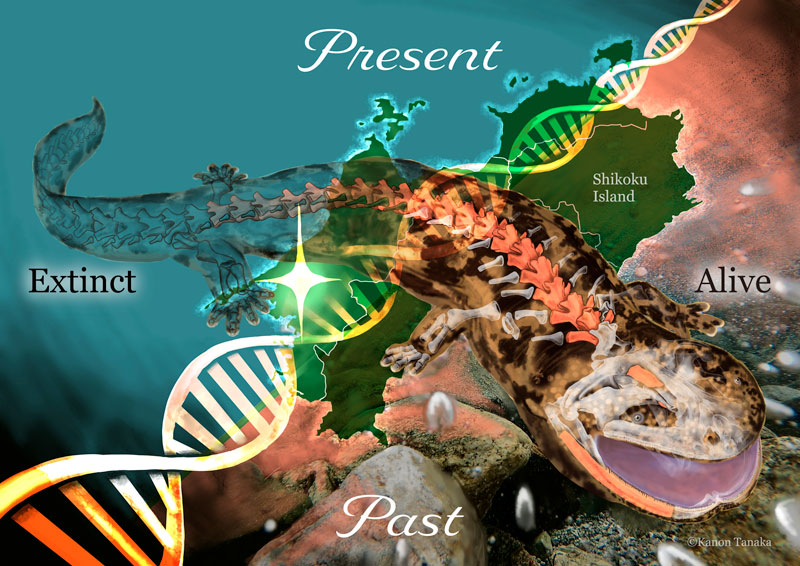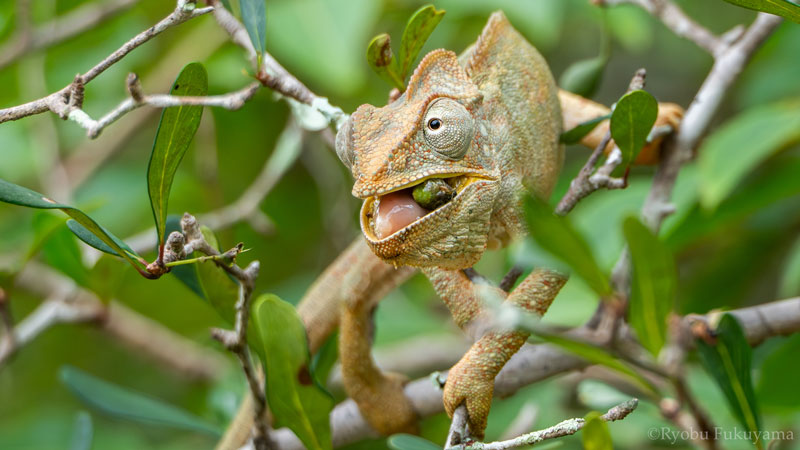2025-06-10 北海道大学

モロザキムカシザングサ(左)とアイチイソハグキ(右)
<関連情報>
- https://www.hokudai.ac.jp/news/2025/06/-1800.html
- https://www.hokudai.ac.jp/news/pdf/250610_pr4.pdf
- https://www.sciencedirect.com/science/article/abs/pii/S0304377025000488?via%3Dihub
愛知県の下部中新統師崎層群から産出した海草化石 Seagrass fossils from the lower Miocene Morozaki Group in Aichi Prefecture, central Japan
Toshihiro Yamada
Aquatic Botany Available online: 1 June 2025
DOI:https://doi.org/10.1016/j.aquabot.2025.103913
Highlights
- New early Miocene seagrass species of Hydrocharitaceae and Cymodoceaceae.
- First early Miocene seagrass record.
- Seagrasses reached higher latitudes than today during the Miocene warming.
Abstract
Two new seagrass fossils are reported from the upper lower Miocene Morozaki Group (18.0–17.6 Ma) of central Japan: Thalassites morozakiensis T. Yamada, sp. nov., and Maresurculus aichiensis T. Yamada, gen. et sp. nov. The former bears strap-shaped, eligulate leaves enclosed within a fibrous sheath, suggesting an affinity with the extant subfamily Hydrilloideae (Hydrocharitaceae). The latter is characterized by ligulate leaves shed without leaving a sheath on the stem, indicating a relationship to extant genera of Cymodoceaceae, such as Amphibolis and Thalassodendron. These fossils represent the first reliable records of seagrasses from the early Miocene, consistent with divergence-time estimates for marine Hydrilloideae and Cymodoceaceae based on molecular clocks. Additionally, they imply that seagrasses extended their range to higher latitudes than today during the late early Miocene, a period marked by global warming.


